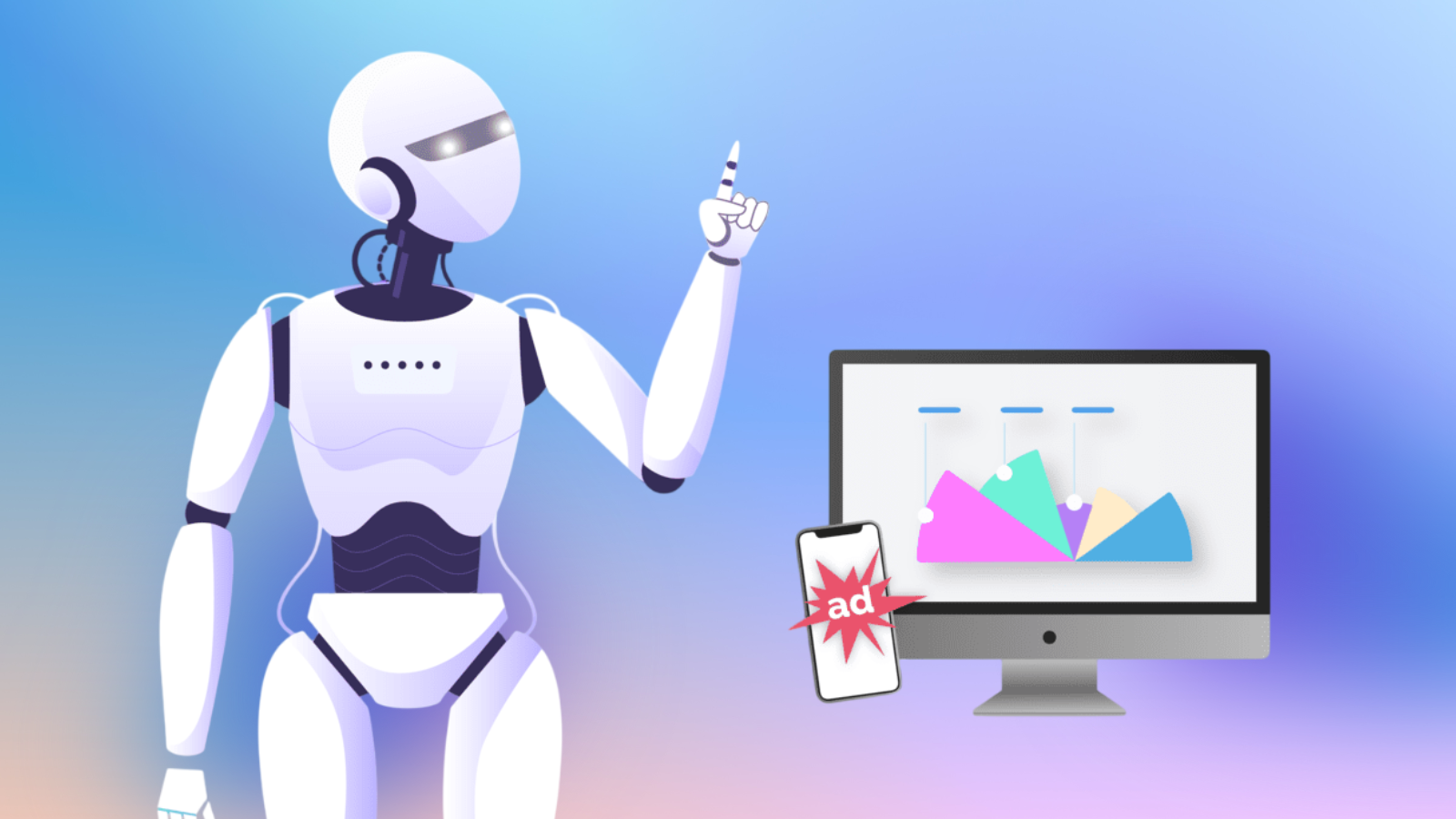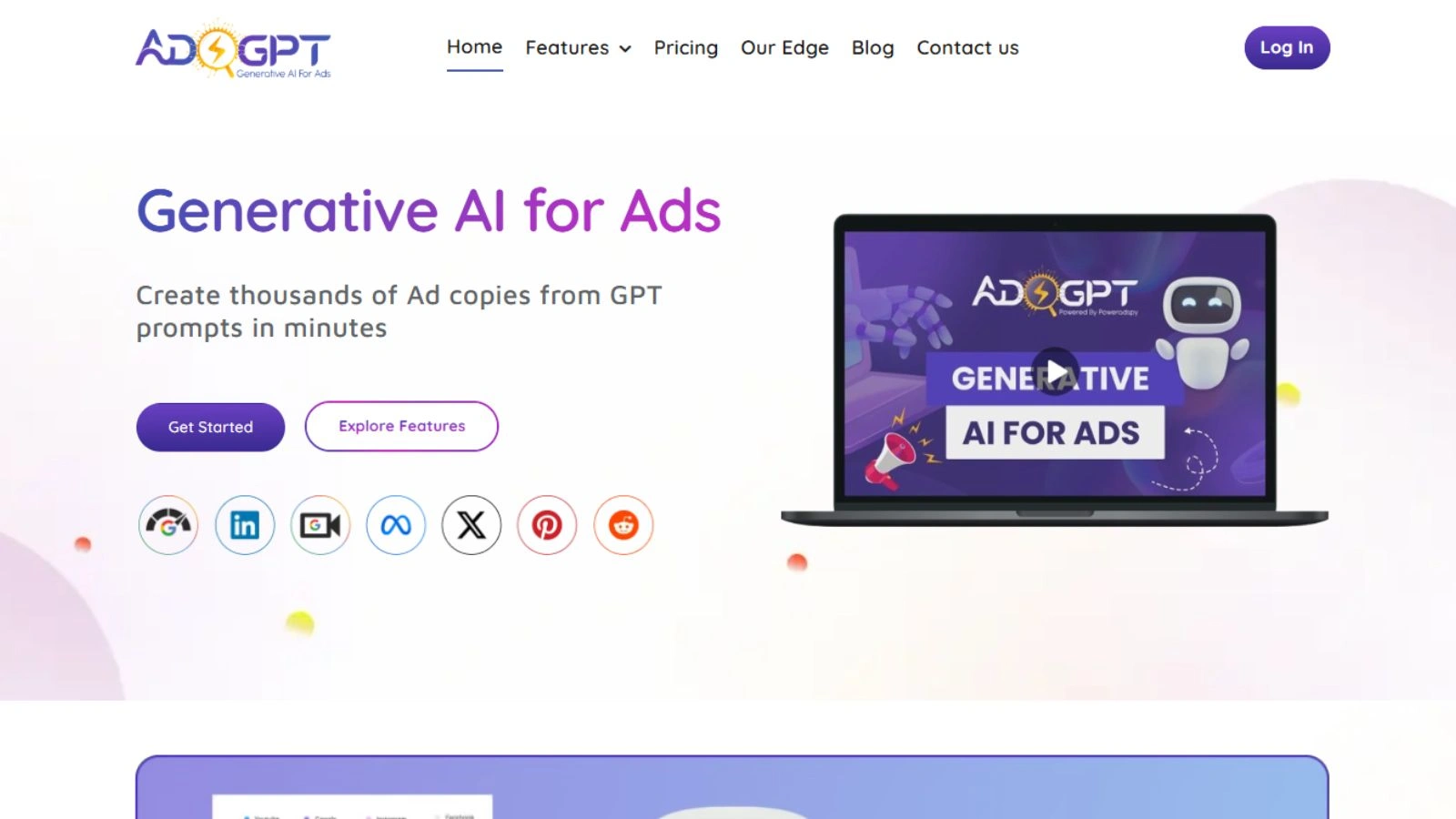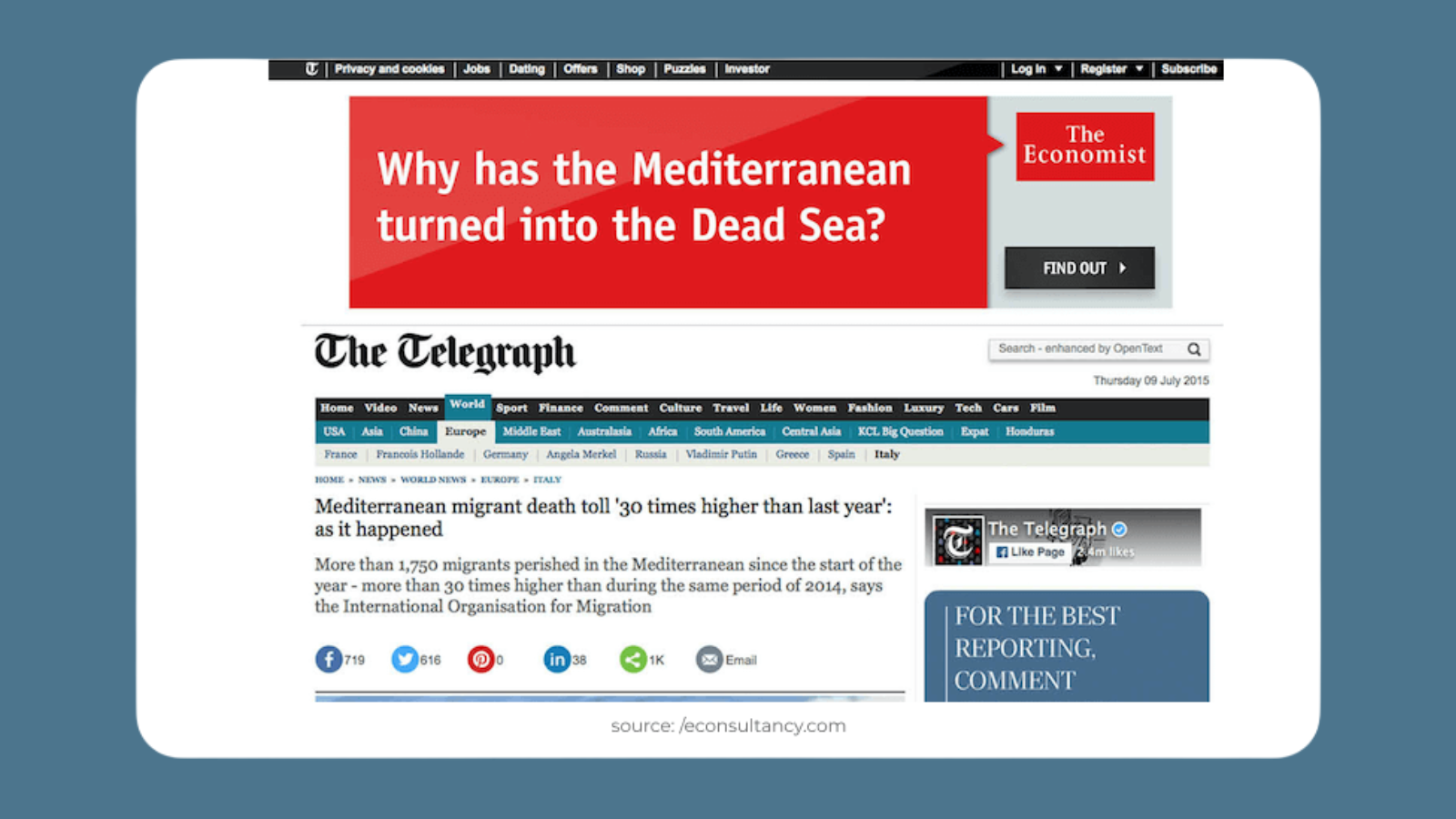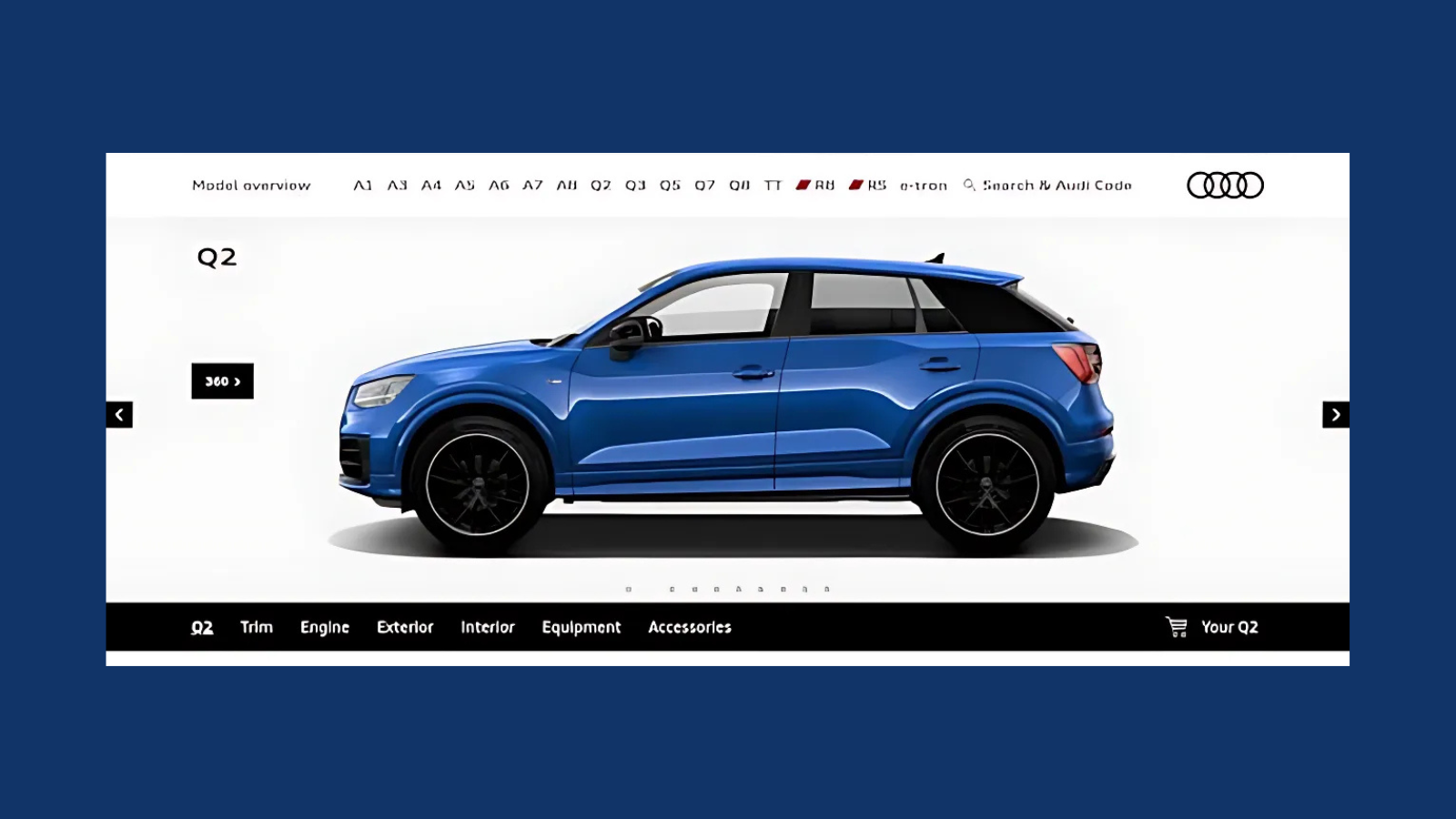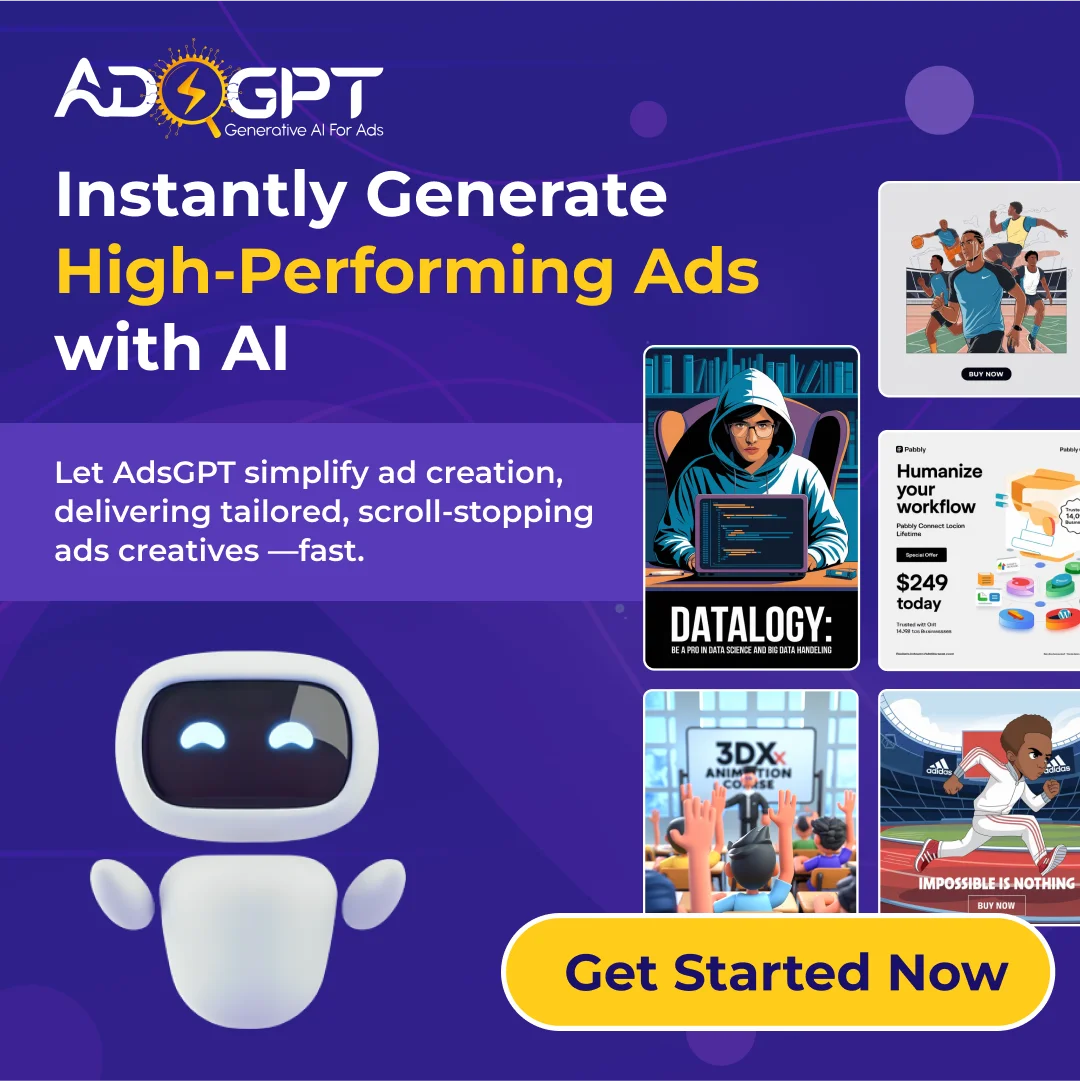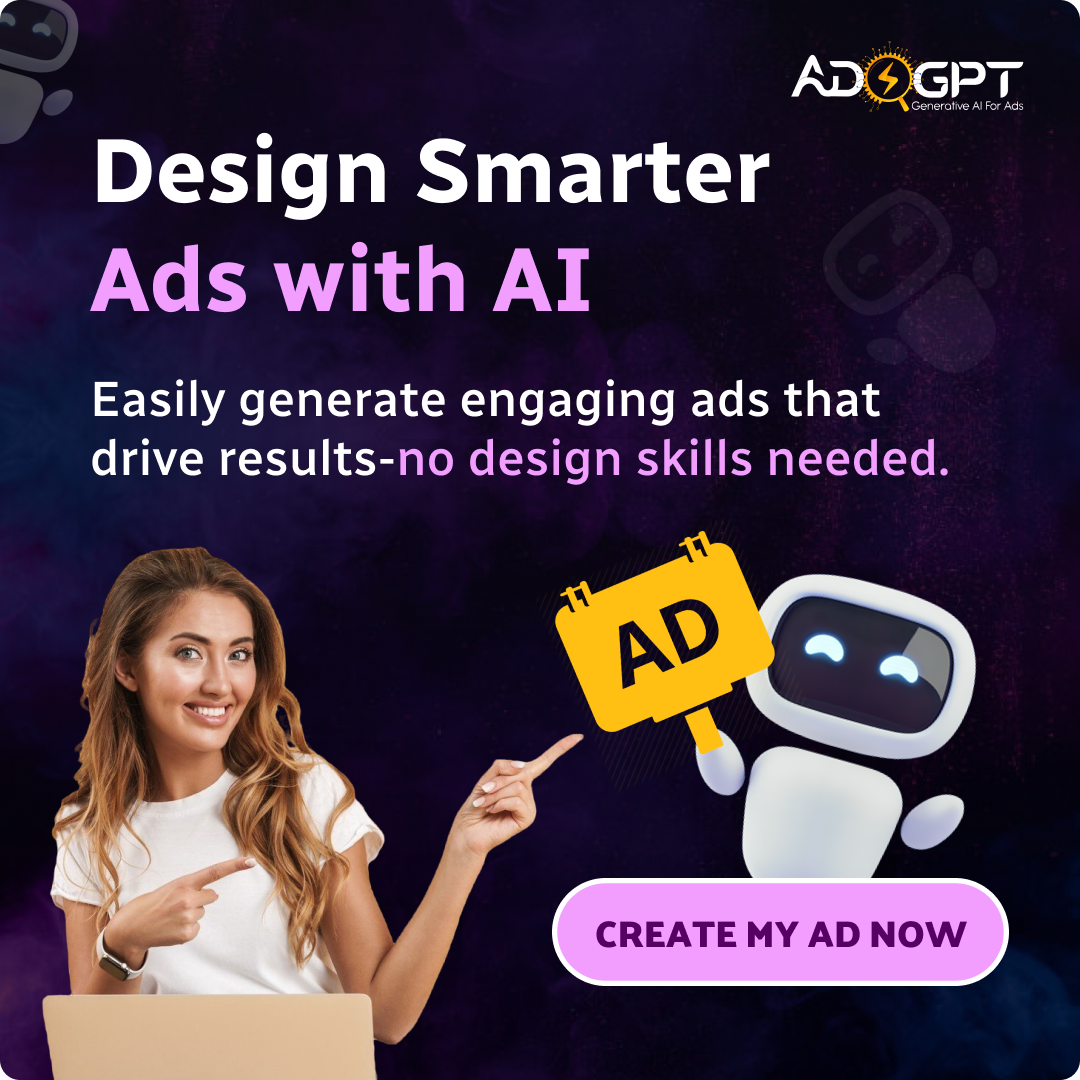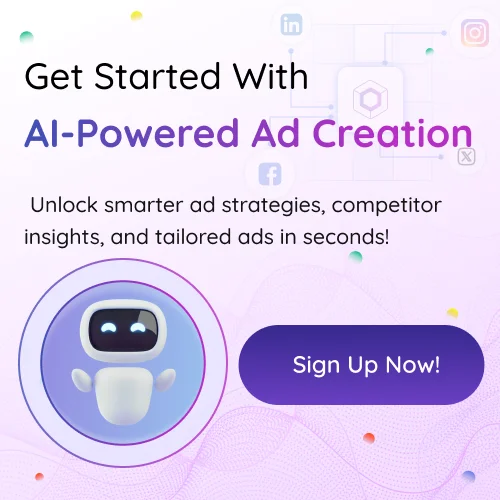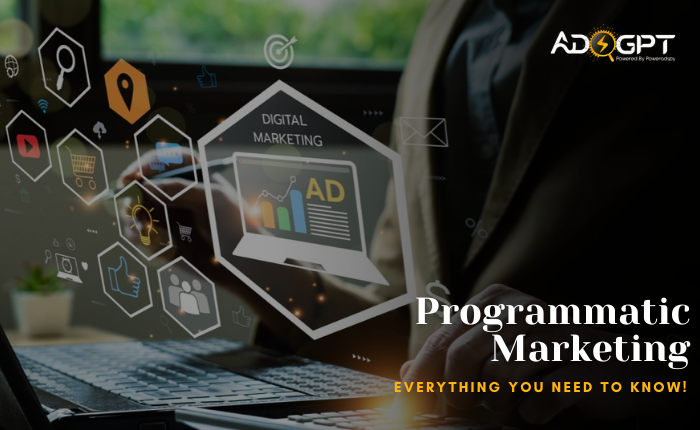
Traditional marketing methods no longer hold the same power they once did. Brands are shifting towards more advanced, efficient, and data-driven techniques, and at the forefront of this change is programmatic marketing. But what is programmatic marketing, and how is it revolutionizing the way advertisers approach digital advertising? This blog will answer these questions and much more. Let’s take a closer look at this marketing and explore the exciting opportunities it has to offer.
What Is Programmatic Marketing?
In its simplest form, it refers to leveraging automated technology to purchase digital advertising space. Instead of relying on humans to negotiate deals or manually place ads, programmatic marketing uses algorithms and artificial intelligence (AI) to streamline this process.
The real beauty of it is the way it allows advertisers to target their audience accurately. Rather than casting a wide net, it ensures that the right ad reaches the right person at the right time.
Let’s explore the core benefits of this approach:
- Automation: This type of marketing automates the entire ad-buying process. The bidding happens automatically based on real-time data.
- Efficiency: It eliminates inefficiencies such as unnecessary intermediaries in the traditional advertising model, reducing human error and speeding up ad delivery.
- Real-Time Decisions: Using vast amounts of data, enables real-time adjustments to optimize campaign performance, maximizing effectiveness and ROI.
How Does Programmatic Marketing Work?
It relies on an ecosystem of technology and data. Below is an outline of the essential steps in the process:
- Data Collection: The foundation of programmatic advertising is data. Advertisers collect detailed information about consumer behavior, interests, browsing history, geographic location, etc.
- Programmatic Auction: When a user visits a website or opens an app, an auction takes place almost instantly. Advertisers bid on the available ad space in real-time. The highest bidder secures the spot and displays the ad to the user in milliseconds.
- Ad Delivery: Based on the user’s profile, the system determines the most relevant ad, ensuring it aligns with their interests or intent.
- Continuous Optimization: As the campaign progresses, the algorithm continues to collect data and make adjustments. If certain ads are performing well, they’re scaled; if others aren’t, they’re paused or tweaked for better results.
This real-time, automated decision-making makes programmatic marketing so powerful and effective.
Why Should You Use Programmatic Advertising?
If you’re still on the fence, let’s take a look at some of the key reasons why it is becoming a must-have tool for digital advertisers:
- Precision Targeting: One of the primary advantages of this marketing is the ability to target the right audience. Using behavioral data, demographic details, and location information, brands can serve personalized ads tailored to a user’s specific needs and interests. Whether it’s serving an ad based on someone’s recent purchase history or online activity, the level of precision is unmatched.
- Improved ROI: Automating the ad-buying process and cutting out intermediaries minimizes inefficiencies, ultimately leading to better ROI. Advertisers only pay for impressions that align with their audience, maximizing their budget and improving their bottom line.
- Scalability: Whether you’re running a small campaign or managing large-scale efforts across multiple channels, this can be scaled with ease. Automation allows you to reach massive audiences while maintaining a high level of personalization.
- Access to Multiple Channels: Programmatic marketing isn’t confined to just display ads. It encompasses a range of advertising formats, from video ads to native ads to mobile ads. This versatility ensures you can reach your audience wherever they are online.
Top Programmatic Marketing Platforms for Automated Ad Success
Programmatic marketing isn’t just about putting ads in front of audiences—it’s about using intelligent platforms to deliver these ads at the right time and place. The platforms that enable this kind of automation are the heart of the programmatic ecosystem. These platforms streamline the ad-buying process, allowing advertisers to bid for ad inventory, optimize campaigns, and target the right audience with precision.
Some of the leading programmatic advertising platforms include:
- The Trade Desk: Known for its robust data-driven capabilities, this platform offers complete transparency and gives advertisers more control over campaign performance. Its reach is expansive, making it a go-to choice for many.
- Google Display Network: The Google Display Network is one of the most commonly used platforms in programmatic marketing. With access to millions of websites, apps, and videos, advertisers can easily reach vast audiences across the web.

- Adobe Advertising Cloud: Adobe’s platform combines the power of data, media buying, and creative optimization, providing advertisers with everything they need to execute successful programmatic advertising campaigns.
These platforms don’t just offer access to inventory, they give marketers tools to personalize ads, adjust bids, and optimize campaigns in real-time. When paired with advanced targeting features, they make it easier to create highly efficient and effective campaigns.
A Closer Look at Programmatic Display Advertising
Now that you know about the platforms that power programmatic marketing, let’s dive into one of its most popular forms: programmatic display advertising. It is the process of using automated technology to buy and place display ads (such as banners, pop-ups, or video ads) across a variety of digital media, including websites, apps, and social media platforms.
What makes programmatic display advertising so powerful? It’s the combination of data-driven targeting and efficiency. Here’s how it works:
- Targeting: Advertisers can zero in on specific audiences based on location, demographics, browsing behavior, or even time of day.
- Automation: Ads are placed automatically, without manual intervention, making the process faster and more efficient.
- Real-time Optimization: Campaigns can be adjusted on the fly to ensure ads are performing at their best.
- Scalability: From a simple banner on a popular website to a video ad on a niche mobile app, programmatic display advertising allows advertisers to scale their campaigns seamlessly across various digital platforms.
With programmatic technology at its core, display advertising precisely targets the right audience by showing ads at the perfect time and place—when they’re most likely to convert.
The Role of AI in Programmatic Marketing:
The power of AI in this advertising can’t be overstated. With AI generated ads, machine learning algorithms can create and optimize ads on the fly, improving targeting, personalization, and even the creative elements of the ad itself.
AI can analyze vast amounts of data and predict which creative elements are likely to resonate with your audience. This creates ads that target viewers precisely and make the content more engaging and relevant.
One of the key innovations in this space is AdsGPT, an AI-powered platform designed to automate the ad creation process. With AdsGPT, you can take advantage of AI-generated ads that go beyond simple targeting. The platform uses data insights to craft compelling, hyper-relevant ad content, optimizing not only the copy but also the design and overall messaging. It takes the guesswork out of ad creation, ensuring that your creatives are personalized and fine-tuned for maximum engagement and conversions.
AdsGPT: The Future of Automated Ad Copywriting
AdsGPT is a generative AI built to accelerate programmatic ad creation. By harnessing advanced AI capabilities, this platform enables marketers to generate highly targeted, performance-driven ads in record time.
Designed specifically for programmatic marketing, AdsGPT helps scale campaigns with unmatched precision, automation, and creative flexibility, making it a valuable asset for anyone looking to streamline and enhance their digital advertising strategy.
Here’s how AdsGPT powers up your programmatic marketing efforts:
Instant Ad Copy Generation
No more waiting around. AdsGPT generates tailored ad copies for platforms like Google, Meta, LinkedIn, and more, fast. Say goodbye to slow, manual ad creation and hello to efficiency.
AI-Powered Creativity
Let AdsGPT handle the creativity. Using cutting-edge AI, it crafts engaging ads designed to drive performance. It pulls from best practices and your input to ensure every ad is a winner.
Platform-Specific Optimization
Every platform has its quirks, and AdsGPT knows that. It creates ad copies that are optimized for each platform’s requirements, ensuring maximum effectiveness for your campaigns.
Explore Competitor Ads to Spark New Ideas
Stuck for ideas? AdsGPT allows you to analyze competitor ads, then instantly generate a similar, high-performing ad to keep you ahead in the game.
Programmatic Advertising Examples: Who’s Doing it Right?
Still not convinced? Let’s look at some real-world examples of brands crushing it with programmatic display advertising.
How The Economist Used Programmatic Ads to Drive 3.6 Million Actions?
The Economist leveraged programmatic advertising to connect with 650,000 potential readers by placing highly relevant digital display ads next to articles their audience was already engaging with. Instead of broad targeting, they focused on precision—matching ads with content that aligned with readers’ interests.
This strategic approach turned £1.2 million into a 10:1 ROI and drove 3.6 million people to take action. By using programmatic ads, The Economist successfully re-engaged lost audience segments, proving that smart, data-driven advertising can transform content into conversions.
Also Read: –
AI In Advertising Psychology: Latest Marketing Strategies
Create an Advertisement in 8 Easy Steps That Can’t Be Ignored!
Airbnb: Personalized Retargeting
Airbnb used programmatic advertising to show dynamic ads based on users’ past searches. If you checked out a cabin in Colorado but didn’t book, you’d see an ad reminding you about it, boosting conversions significantly!
They went beyond just offering generic ads, ensuring the ads felt personalized and relevant. Airbnb’s ability to deliver contextual, timely ads helped turn window shoppers into loyal customers.
This strategy increases bookings and fosters brand loyalty by staying top of mind for potential travelers.
Audi: Data-Driven Video Ads
Audi took personalization to the next level with its customizable vehicle launch, aligning with its slogan, “Vorsprung durch Technik.” Partnering with Google’s Display & Video 360, Audi unified customer data to optimize ad touchpoints in real time.
Users could design their dream car from 6,000+ combinations, and Audi turned these designs into hyper-personalized dynamic ads. The results? Ads were twice as effective as standard campaigns, and programmatic buying delivered a fourfold increase in conversion rates compared to traditional methods.
By merging AI, data, and automation, Audi didn’t just market cars—it redefined what smart advertising looks like.
Putting It All Together!
Programmatic marketing is transforming the way we approach digital advertising—it’s faster, smarter, and more precise than ever before. With AI-powered tools like AdsGPT, you’re not just creating ads; you’re crafting personalized, high-performing campaigns that reach the right audience at the right time. In a world where every second counts, programmatic marketing lets you do more with less, maximizing impact while minimizing effort. Ready to revolutionize your ad game? It’s time to embrace the future.



